It is currently the peak durian harvest season in the Central Highlands. Many traders from different localities are flocking here to buy. Many durian growers are also excited about this crop, which is being called the “billion-dollar” tree.
| Nearly 1,400 billion VND to prevent salinity for durian export areas. Durian export is estimated to reach over 500 million USD. |
Good harvest, good price
Unlike the past, when it was often "a good harvest, low price", durian is now having a "good harvest" and "good price", contributing to increasing the value of agricultural products and the income of growers. Mr. Chau Van Han, residing in Ia Bang commune, Chu Prong district (Gia Lai), said that his family's durian garden this year has a good yield and good quality, so traders have visited and signed a purchase contract at 80,000 VND/kg. With this price and an output of about 35 tons, after deducting all expenses, the family still earns a profit of about 2.5 billion VND.
It can be said that never before have durian growers in the Central Highlands had such a good harvest, good prices, and such a big profit. Besides, good harvest and good prices, with the information that this year durian in Thailand failed due to the weather, this makes many gardeners in the Central Highlands even more confident that they will have another big harvest, with billions in profits. In fact, in recent years, many durian growers in the Central Highlands as well as in the Central region have "hit it big" with durian trees. Therefore, many farming households have been competing to grow this "billion-dollar" tree, along with the dream of changing their lives.
With high profits, the durian growing area in the Central Highlands as well as the whole country is increasing rapidly. In recent years, the durian growing area in localities has continuously increased, from nearly 32 thousand hectares in 2015 to more than 151 thousand hectares in 2023. Durian output has also increased year by year, reaching nearly 1.2 million tons in 2023, while in 2015 it was only about 366 thousand tons. As a result, the durian export value increased from 29.2 million USD in 2016 to 420 million USD in 2022 and in 2023 reached nearly 2.3 billion USD.
In Dak Lak, the durian growing area is skyrocketing. From a place where people grow durian in a "happen or happen" manner, by 2023 Dak Lak has risen to lead the country in terms of planting scale with more than 32,780 hectares. With the purchase price at the garden fluctuating from 70 to 90 thousand VND/kg, it is estimated that each hectare of durian will bring in 1 - 1.2 billion VND, after deducting costs, growers "pocket" about 700 to 800 million VND/ha... In the neighboring locality of Gia Lai, there are also nearly 6 thousand hectares of durian. Of which, the business area accounts for about half, concentrated in districts such as Chu Prong, Ia Grai, Dak Doa, Chu Se and Chu Puh. Gia Lai has also built 16 durian growing area codes and is building durian into a strategic agricultural product.
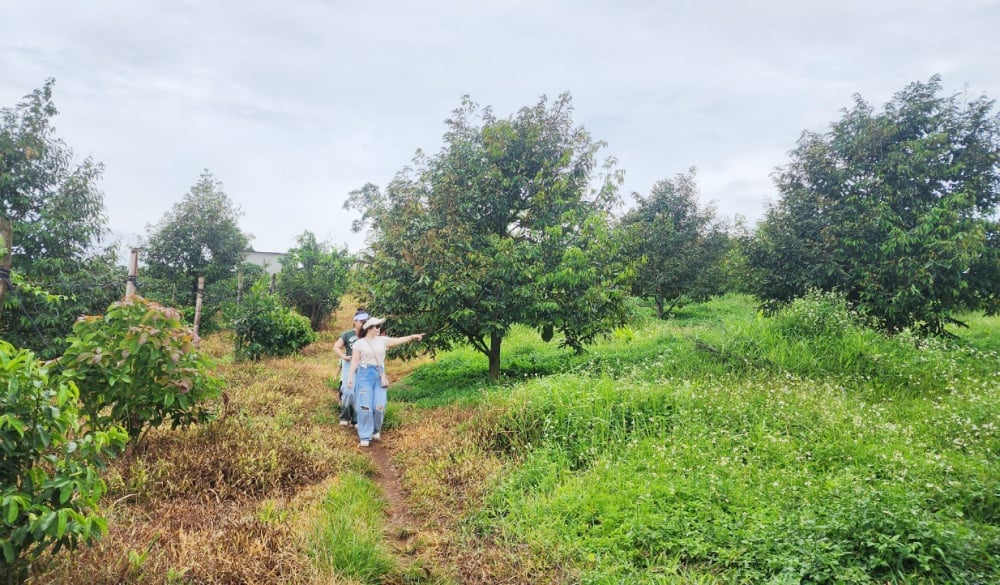 |
| Durian growing area is growing rapidly in many localities. |
Need to develop in a stable direction
However, the rapid, massive and unplanned development of durian acreage poses many unpredictable risks, especially the unsustainable development that is causing concerns. Right in the Central Highlands, there are many agricultural crops that once had a "fever" like durian trees now. However, they later caused many families to fall into difficult and miserable situations. It is easy to "name" pepper trees when the high price of this agricultural product caused many farmers in the Central Highlands to destroy coffee, cashews, etc. to grow this type of tree. When pepper prices fell dramatically on the market, people turned to cutting them down, even falling into debt when investing too much money in pepper. Similarly, many people in the Central Highlands provinces also suffered from the crop known as "white gold" - rubber trees, when they massively developed this industrial tree.
Returning to durian, although it is at its peak, if the situation is not well controlled, durian may follow the "footprint" of other agricultural products. Because, with the current massive increase in durian acreage without direction, it will lead to a situation where supply exceeds demand, excess output; some unsuitable growing areas, lack of proactive irrigation water sources... will cause damage to durian productivity and quality, and may disrupt the planning of some other crops.
In fact, recently, some durian export shipments have received warnings from importing countries, leading to the temporary suspension of code usage for units with shipments infected with mealybugs (subject to Chinese plant quarantine). In addition, there are also cases of fraud and theft of growing area codes; competition for purchase and sale; early price fixing, "breaking of contracts" for purchase and sale... According to a representative of the Department of Agriculture and Rural Development of Dak Lak, in reality, the local durian production scale is still small, there is no large raw material area, farmers' technical level is still lacking and they are weak in professional commodity production thinking. In particular, there is currently no really close connection between garden owners, cooperatives and enterprises.
Mr. Le Anh Trung, Vice President of the Dak Lak Durian Association, frankly shared that the durian market in Vietnam in general and Dak Lak in particular is being left unchecked. Therefore, the current situation of “breaking stakes”, dumping prices, fighting in chaos in the garden or losing prestige in the export market is understandable.
Meanwhile, the output market for durian products still depends on traders. The main consumer market for Vietnamese durian is China - a rather unstable market. Besides, in China, Vietnamese durian is facing fierce competition from "rivals", especially from Thailand.
To develop durian trees in a sustainable way, avoiding risks, local authorities as well as functional agencies need to encourage people to participate in chain linkages, and at the same time call on businesses and cooperatives to link with farmers in growing, processing and consuming durian, finding official export routes to markets. In the long term, state management agencies need to accompany and have more policies associated with the chain of activities of businesses, cooperatives and farmers, acting as an effective "bridge" between the parties. In the immediate future, it is necessary to strengthen and advise gardeners to carefully calculate and be cautious when expanding durian acreage, avoiding the situation of massive development causing long-term consequences... On the part of growers, it is also necessary to comply with cultivation techniques according to VietGAP, GlobalGAP, organic standards, meeting the increasingly high demands of the market, especially demanding export markets, instead of being too dependent on a key market as it is now.
Source: https://thoibaonganhang.vn/noi-lo-chung-ve-sau-rieng-153532.html


![[Photo] National Assembly Chairman Tran Thanh Man chairs the meeting of the Subcommittee on Documents of the First National Assembly Party Congress](https://vphoto.vietnam.vn/thumb/1200x675/vietnam/resource/IMAGE/2025/5/8/72b19a73d94a4affab411fd8c87f4f8d)
![[Photo] General Secretary To Lam begins official visit to Russia and attends the 80th Anniversary of Victory over Fascism](https://vphoto.vietnam.vn/thumb/1200x675/vietnam/resource/IMAGE/2025/5/8/5d2566d7f67d4a1e9b88bc677831ec9d)
![[Photo] President Luong Cuong presents the decision to appoint Deputy Head of the Office of the President](https://vphoto.vietnam.vn/thumb/1200x675/vietnam/resource/IMAGE/2025/5/8/501f8ee192f3476ab9f7579c57b423ad)
![[Photo] General Secretary concludes visit to Azerbaijan, departs for visit to Russian Federation](https://vphoto.vietnam.vn/thumb/1200x675/vietnam/resource/IMAGE/2025/5/8/7a135ad280314b66917ad278ce0e26fa)
![[Photo] Prime Minister Pham Minh Chinh meets with the Policy Advisory Council on Private Economic Development](https://vphoto.vietnam.vn/thumb/1200x675/vietnam/resource/IMAGE/2025/5/8/387da60b85cc489ab2aed8442fc3b14a)

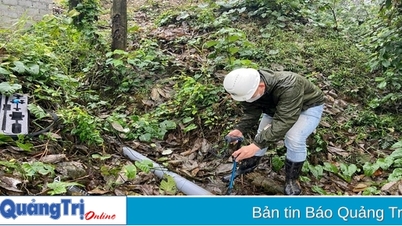





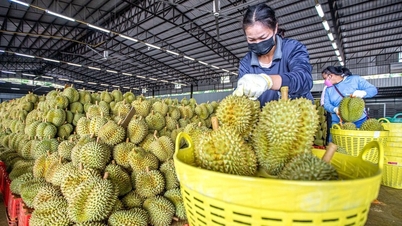





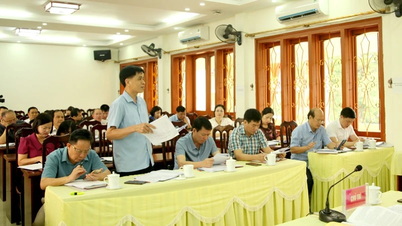
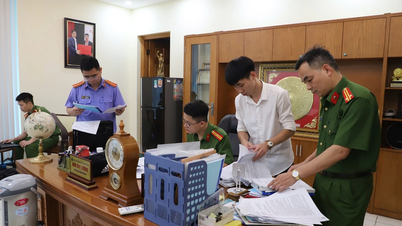

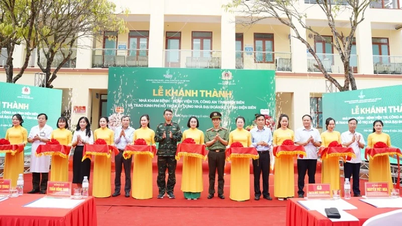




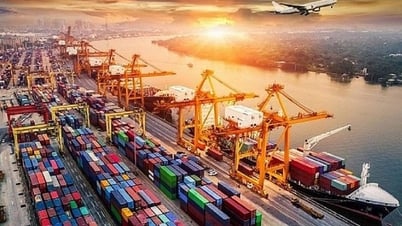

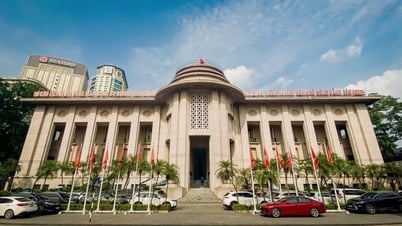

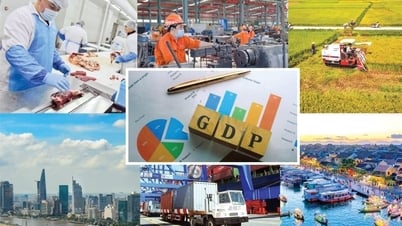




















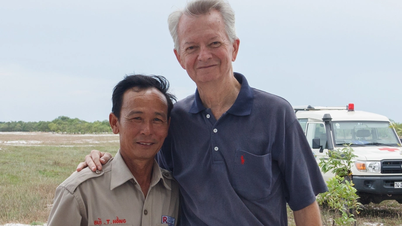










![[Photo] Prime Minister Pham Minh Chinh talks on the phone with Singaporean Prime Minister Lawrence Wong](https://vphoto.vietnam.vn/thumb/402x226/vietnam/resource/IMAGE/2025/5/8/e2eab082d9bc4fc4a360b28fa0ab94de)




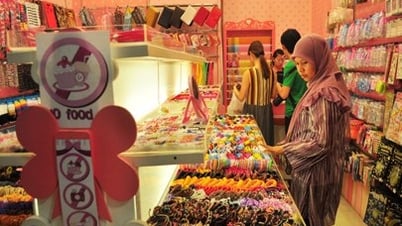









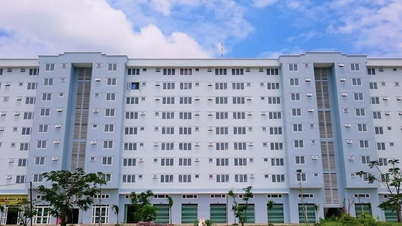
















Comment (0)